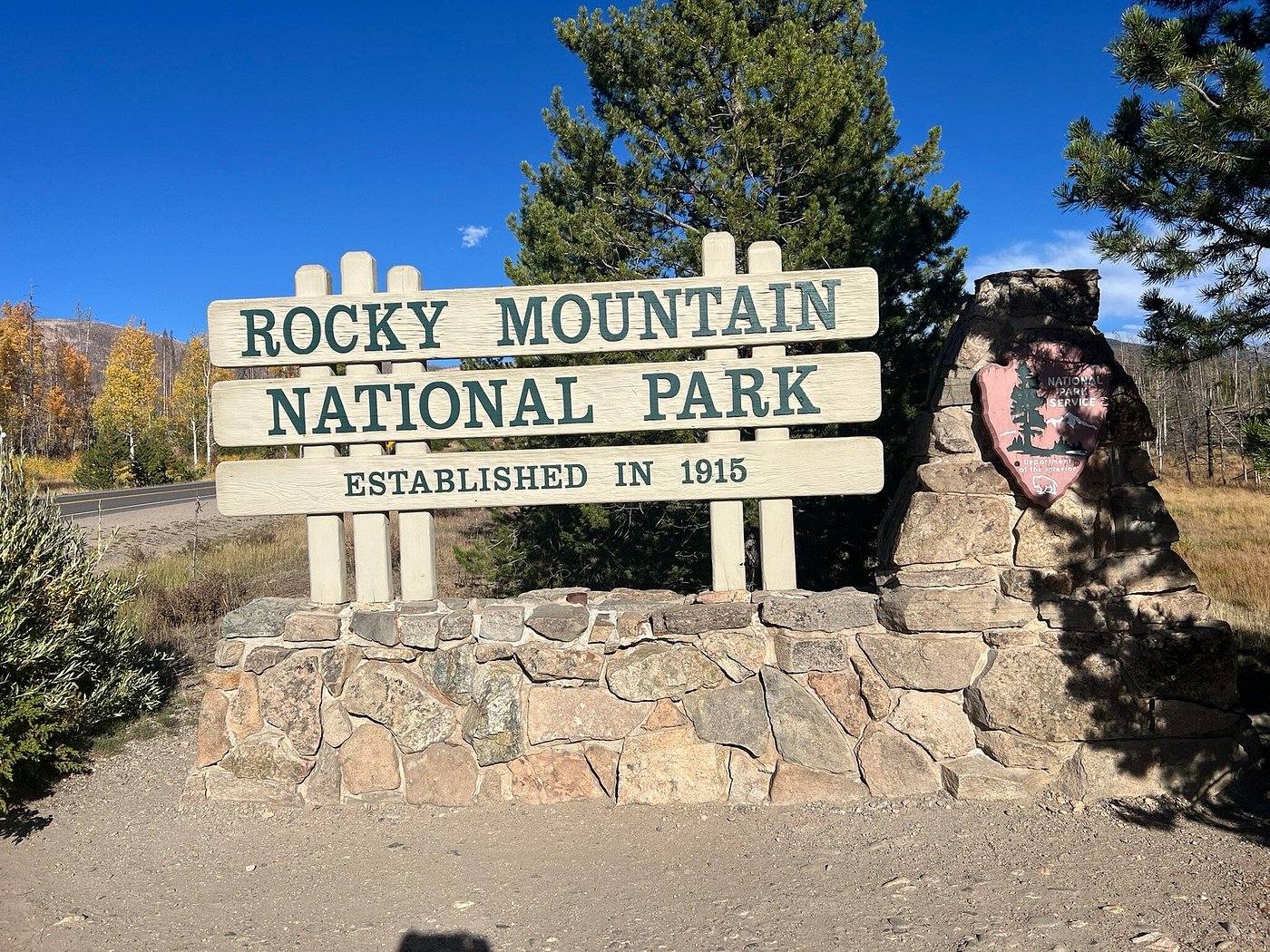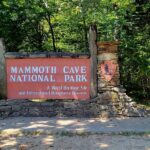Quick Bits:
Rocky Mountain National Park, located in northern Colorado, spans 415 square miles of breathtaking wilderness. The park’s elevation ranges from 7,860 to 14,259 feet, offering diverse landscapes that include alpine lakes, rugged peaks, and expansive forests. With over 350 miles of trails, it is a hiker’s paradise. The park is home to abundant wildlife, including elk, moose, and black bears. One of its most famous features, Trail Ridge Road, climbs to an impressive 12,183 feet, providing panoramic views. The best time to visit falls between late spring and early fall when the weather is most favorable for outdoor adventures.
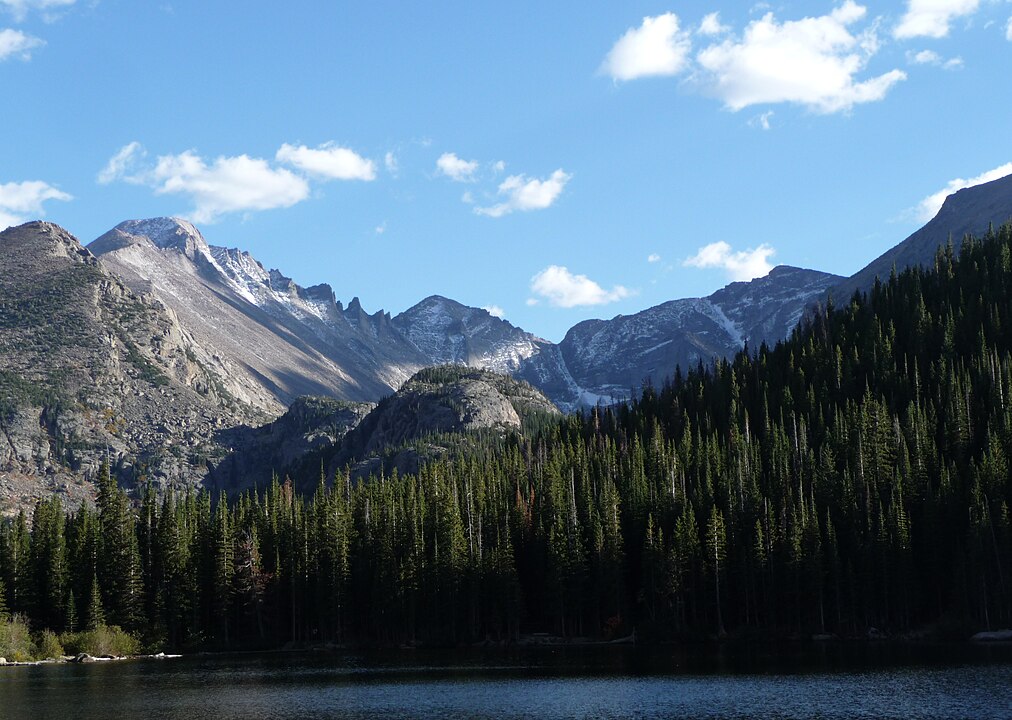
Key Highlights
- Over 350 miles of trails
- Scenic Trail Ridge Road reaches 12,183 feet
- More than 60 peaks over 12,000 feet
- Home to elk, moose, and black bears
- Dream Lake and Emerald Lake are top hiking spots
- Dark Sky Park designation for stargazing.
General Information
Rocky Mountain National Park sits in northern Colorado near Estes Park and Grand Lake. It covers 415 square miles, showcasing towering peaks, deep valleys, and clear alpine lakes. The park was established in 1915 and remains one of the most visited in the United States. Travelers come from around the world to hike its trails, spot wildlife, and enjoy breathtaking scenery.
With five visitor centers, guests can find helpful resources for planning their journey. Popular activities include hiking, camping, fishing, and scenic drives. Winter offers opportunities for snowshoeing and cross-country skiing.
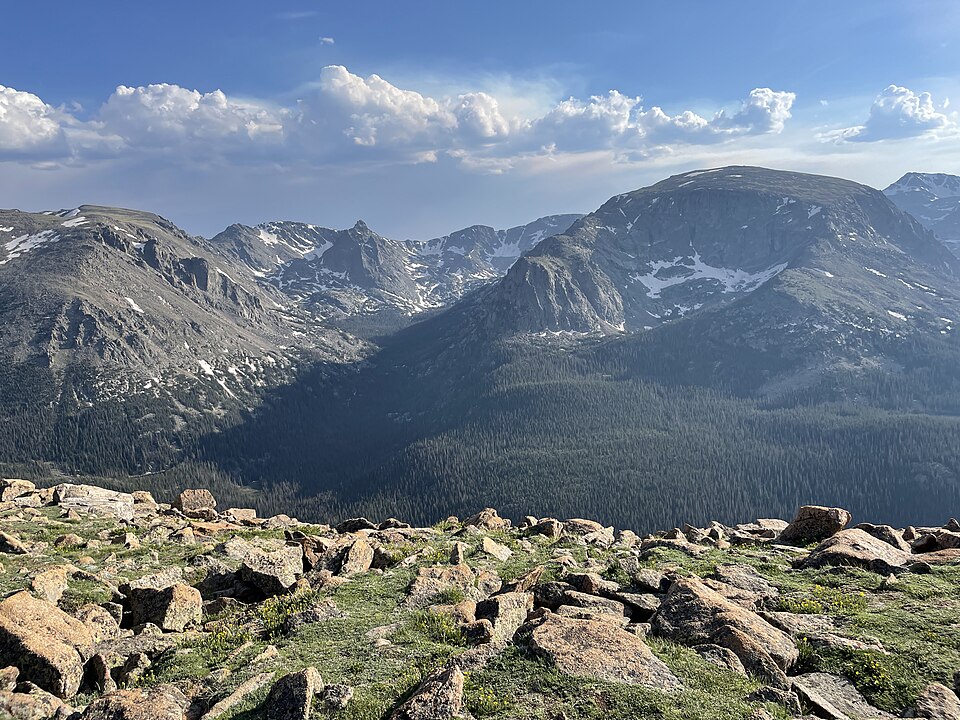
Geography Information
The park’s landscape shifts dramatically from dense forests at lower elevations to stark alpine tundra above the tree line. The Continental Divide runs through the park, affecting weather patterns and creating distinct ecosystems.
Notable Geographic Features:
- Trail Ridge Road: A paved road that crosses the Continental Divide, offering sweeping views.
- Longs Peak: The highest summit at 14,259 feet, attracting experienced climbers.
- Bear Lake: A scenic destination accessible year-round.
- Glacier Gorge: A striking area with waterfalls and rugged peaks.
- Moraine Park: A prime spot for wildlife viewing, especially in fall.
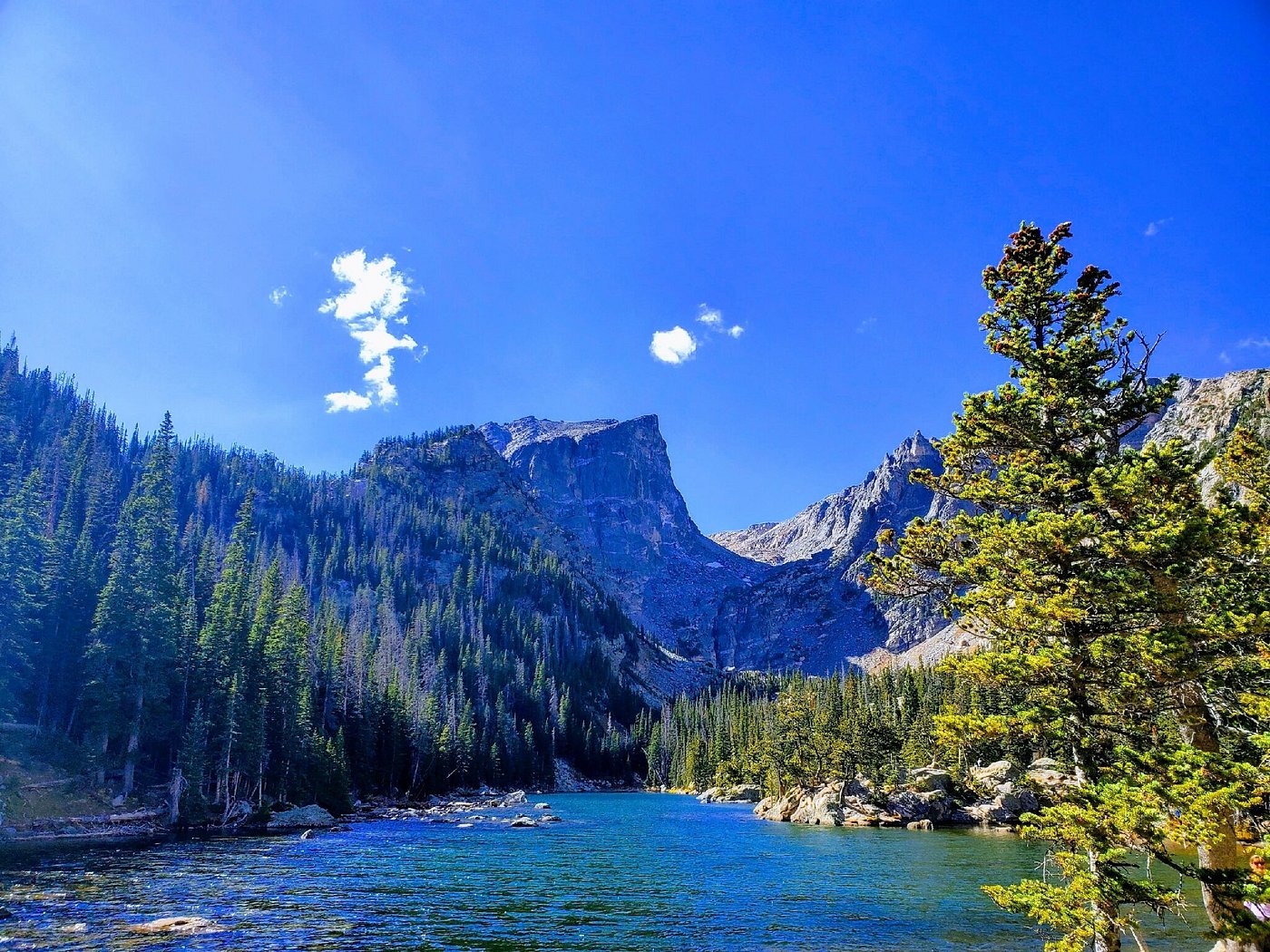
Places to Visit
1. Bear Lake
A short, easy trail circles this picturesque alpine lake. Reflections of the surrounding peaks create a perfect photo opportunity.
2. Dream Lake & Emerald Lake
One of the most rewarding hikes, leading to two stunning lakes with crystal-clear water and mountain views.
3. Trail Ridge Road
A drive along this route offers panoramic views, alpine tundra, and high-altitude wildlife.
4. Alberta Falls
A moderate hike leads to this cascading waterfall, which roars with melted snow in early summer.
5. The Alluvial Fan
Created by a natural dam break in 1982, this area showcases powerful water forces shaping the land.
6. Longs Peak
A challenging 14er, requiring technical climbing skills and an early start.
7. Old Fall River Road
A historic dirt road offering a quieter, scenic alternative to Trail Ridge Road.
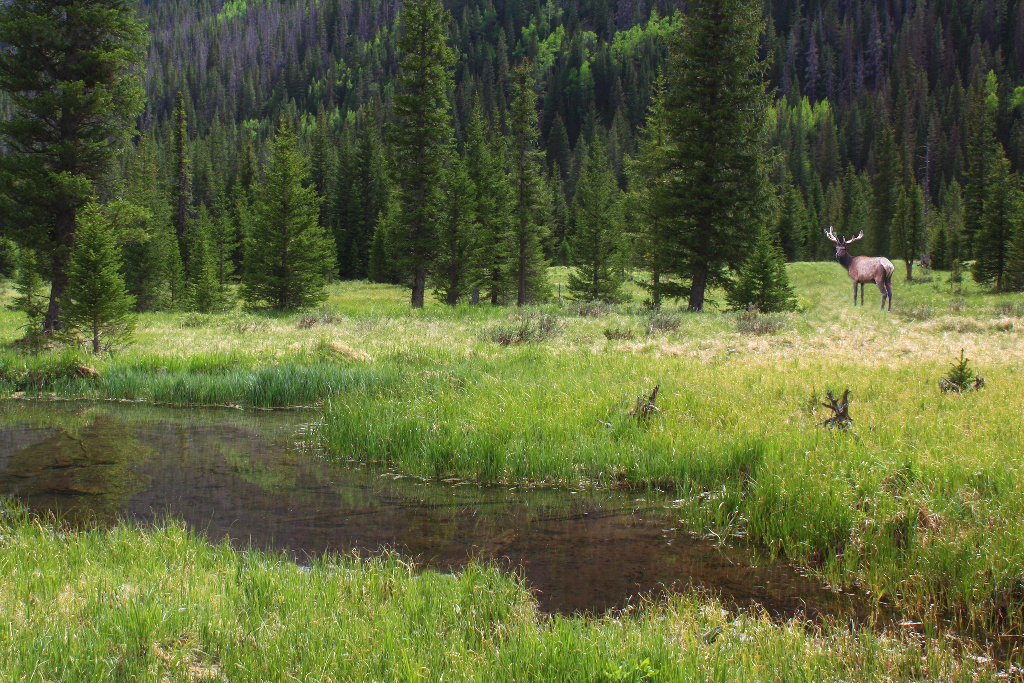
Yearly Climate
Rocky Mountain National Park experiences significant seasonal shifts. Elevation affects temperatures, making weather unpredictable.
Winter (Dec–Feb)
- Heavy snowfall at higher elevations
- Subzero temperatures common at night
- Snowshoeing and cross-country skiing popular
Spring (Mar–May)
- Snow begins melting at lower elevations
- Trails remain icy in shaded areas
- Wildflowers start blooming in late May
Summer (Jun–Aug)
- Warm daytime temperatures, cooler nights
- Afternoon thunderstorms frequent
- Ideal for hiking and wildlife spotting
Fall (Sep–Nov)
- Crisp air and golden aspen groves
- Elk rutting season brings exciting wildlife encounters
- First snowfall often arrives by late October.
Best Time of Year to Visit
Late Spring to Early Fall (May–October)
This period provides the best conditions for hiking, sightseeing, and wildlife viewing. Most roads and trails remain accessible, and wildflowers paint the meadows. Fall is particularly stunning with vibrant foliage and elk herds gathering in valleys.
For those who love winter sports, December through February offers a quieter, snow-covered wonderland.
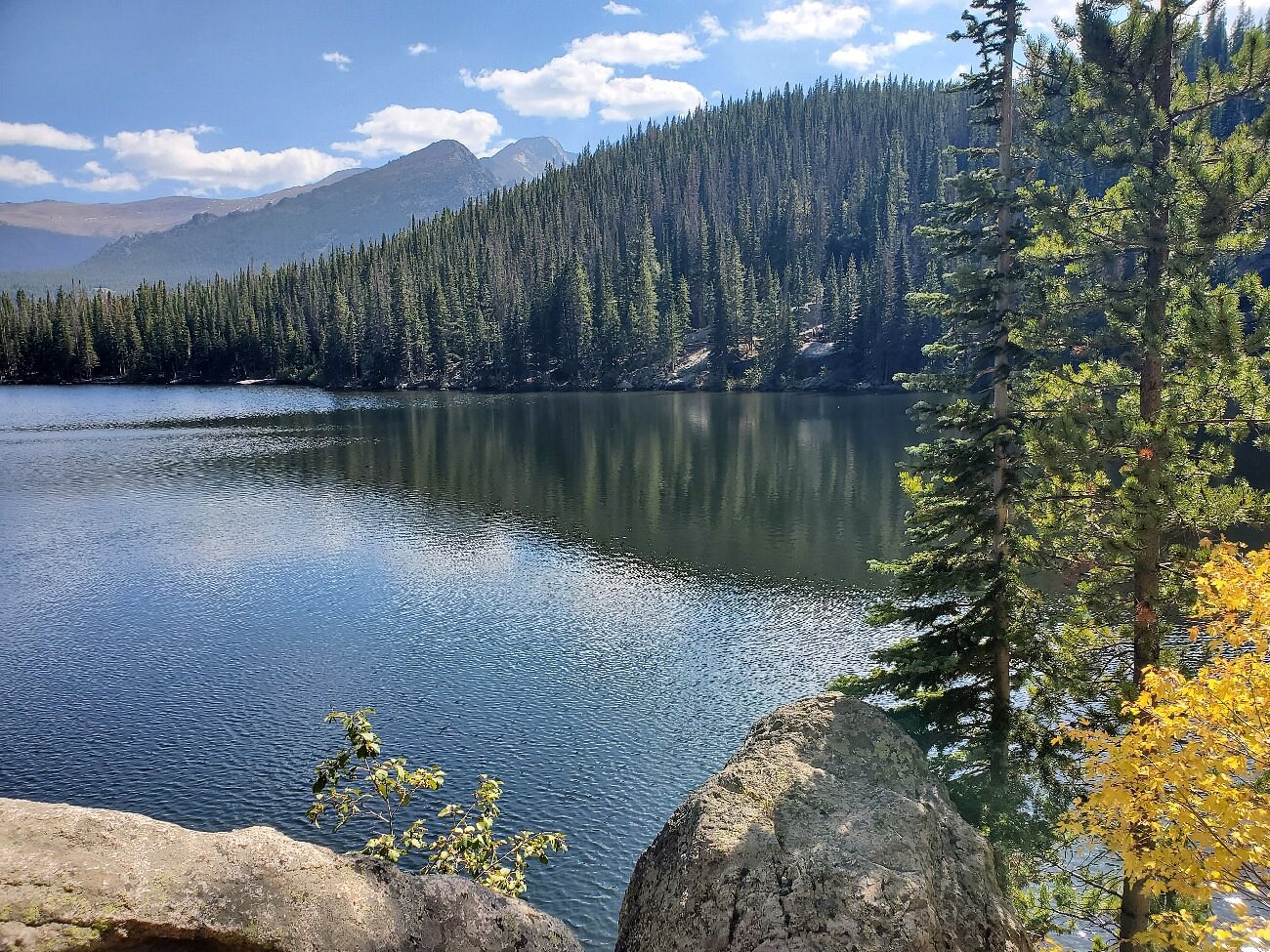
In Summary…
Rocky Mountain National Park is a place of towering peaks, scenic lakes, and diverse wildlife. Whether hiking along Bear Lake, driving Trail Ridge Road, or watching the elk rut in fall, every visitor finds something remarkable.
Plan ahead, dress in layers, and respect the delicate alpine environment. This national park rewards those who embrace its beauty with unforgettable experiences.

